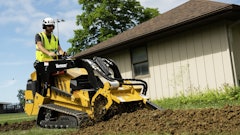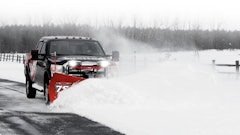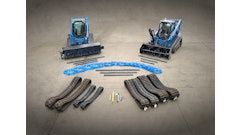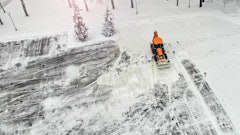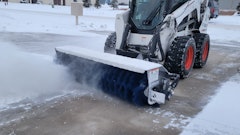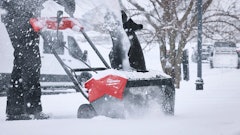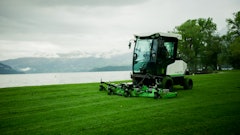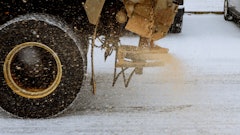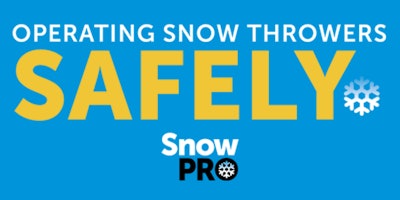
In an unusually early winter season, large sections of the country have already experienced snow, ice and inclement weather, and the Outdoor Power Equipment Institute (OPEI) encourages home and business owners to ready their snow throwers and other winter equipment.
Clearing driveways, sidewalks and parking lots is no small job. You rely on your outdoor power equipment to make snow removal easy, but it’s also important to keep safety in mind when using snow throwers, often referred to as snow blowers.
“If you’re anticipating bad weather or snow, start the machine and makes sure it operates before you need it and before repair shops are busy,” says OPEI President and CEO Kris Kiser. “Gas stations also can close and roads can be treacherous during a winter storm. You want to protect your power by having the right and fresh fuel on hand for your equipment. And, remember, gasoline-powered snow throwers should use E10 or less.”
OPEI offers the following tips on snow blower safety:
OPERATING SNOW THROWERS SAFELY
Do you have a clean out tool or stick?
Never put your hands inside the auger or chute. Use a clean out tool (or stick) to unclog snow or debris from your snow thrower.
Do you turn off your snow thrower if you need to clear a clog?
Always turn off your snow thrower and wait for all moving parts to come to a complete stop before clearing any clogs or debris.
Do you use your snow thrower in visible conditions?
Never operate the snow thrower without good visibility or light.
Can you aim your snow thrower with care?
Never throw snow toward people or cars. Do not allow anyone to stand in front of your snow thrower. Keep children or pets away from your snow thrower when it is operating.
Will you use extreme caution on slopes and hills?
Do not attempt to clear steep slopes and use caution when changing directions on slopes or inclines.
Do you know where your cord is?
Use an extension cord that is weather-resistant and designed for outdoor use. If you have an electric-powered snow thrower, be aware of where the power cord is at all times. Avoid tripping. Do not run over the power cord.
Are pets and children inside while the snow thrower is operating?
Kids and pets may love to play in the white stuff, but it’s best to keep them inside your home and supervised (by someone else) while you are using your snow thrower to clear a path or driveway. Do not allow them to play in the snow as it is tossed out of the snow thrower’s chute.

![Kubota Snow ah3 Sgv25ua[1]](https://img.greenindustrypros.com/mindful/acbm/workspaces/default/uploads/2025/10/kubota-snowah3sgv25ua1.bAUoUSziui.png?auto=format%2Ccompress&bg=fff&fill-color=fff&fit=fill&h=100&q=70&w=100)
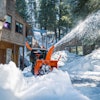
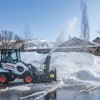
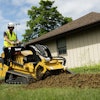
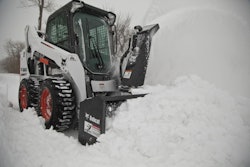
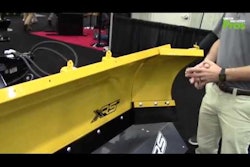
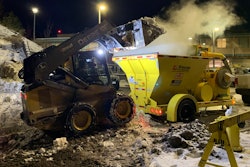
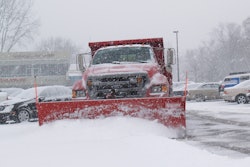
![Kubota Snow ah3 Sgv25ua[1]](https://img.greenindustrypros.com/mindful/acbm/workspaces/default/uploads/2025/10/kubota-snowah3sgv25ua1.bAUoUSziui.png?ar=16%3A9&auto=format%2Ccompress&bg=fff&fill-color=fff&fit=fill&h=135&q=70&w=240)


